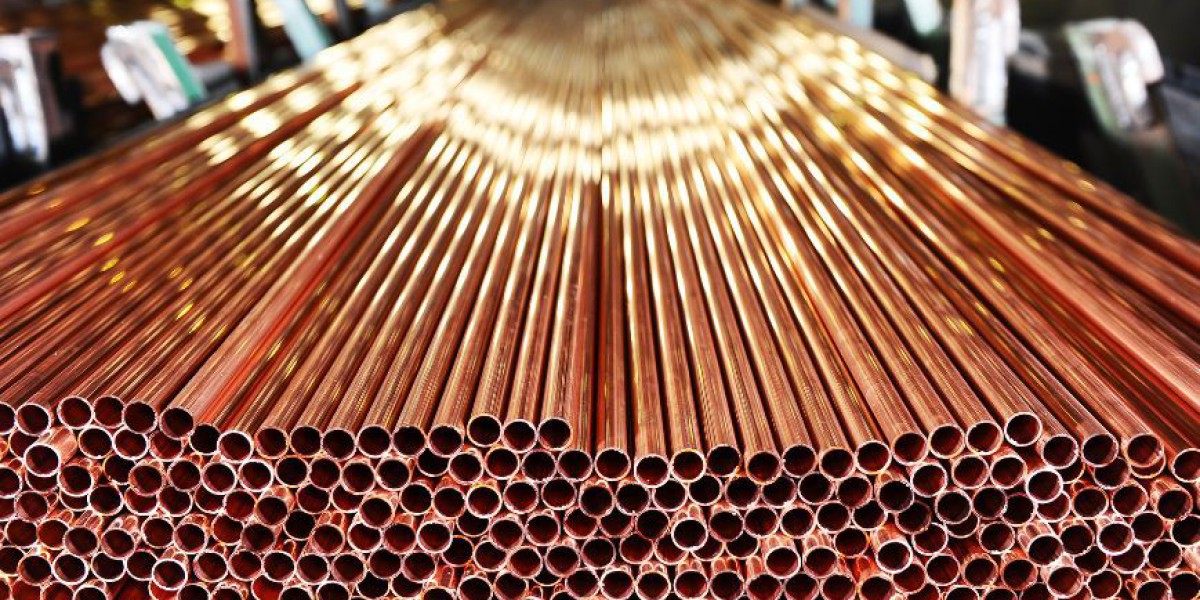A Voltage Regulator Module, or VRM, is a crucial component in a computer’s motherboard responsible for regulating and delivering the correct voltage to the CPU, GPU, and other critical parts. By ensuring stable power, VRMs prevent system crashes, overheating, and can even prolong the lifespan of components. This article explores what VRM does, why it's important, and what to consider when evaluating VRM quality.
What is a VRM?
A VRM is an electronic module found on the motherboard that converts the voltage from the power supply to a lower, stable level suitable for the CPU, GPU, or memory modules. Since components operate on specific voltages, the VRM adjusts incoming power to meet these requirements. A high-quality VRM can dynamically adjust the power levels based on system demands, keeping performance steady even during high workloads.
How Does a VRM Work?
A VRM essentially works as a mini power supply, converting 12V or higher voltages from the main power supply down to the 1-2V range used by CPUs and GPUs. A typical VRM is made up of three key components:
- MOSFETs (Metal-Oxide-Semiconductor Field-Effect Transistors): Control the power flow to the CPU or GPU.
- Inductors and Capacitors: Store energy and help smooth out the power delivery, ensuring a stable output.
- PWM Controller (Pulse Width Modulation Controller): Regulates the VRM’s output by adjusting the duty cycle of the voltage to match the CPU or GPU’s needs.
Why VRM Quality Matters
Stable Power Supply: The main function of a VRM is to provide a stable and consistent power supply. High-quality VRMs reduce fluctuations in power delivery, which is essential for maintaining reliable performance and preventing unexpected shutdowns, especially during demanding tasks like gaming or content creation.
Overclocking Support: Overclocking, which involves running the CPU or GPU at higher speeds, demands more power. A robust VRM can handle these increased loads without overheating or losing stability, making it an essential feature for gamers and enthusiasts who want to push their systems to the limit.
Extended Hardware Lifespan: Stable power delivery reduces stress on components. A quality VRM can protect the CPU, GPU, and other parts from voltage fluctuations, potentially extending their lifespan and avoiding the need for frequent repairs or replacements.
Choosing a Motherboard with Good VRM
VRM Phases: Motherboards with more VRM phases generally offer more stable power, as each phase shares the load. Higher-end boards may have 8, 12, or even 16 phases, which are ideal for high-performance setups. For standard use, 4-6 phases are generally adequate.
Cooling Solution: VRMs can generate significant heat, especially under heavy loads. High-quality motherboards often come with heatsinks or even active cooling for VRMs, preventing overheating and maintaining stability.
Brand and Quality: Trusted brands are known for better VRM designs. Researching reviews and looking for feedback on specific motherboard models can provide insight into the quality and stability of their VRMs.
Conclusion
A high-quality VRM is essential for reliable, stable performance in modern computing, particularly for high-power tasks like gaming, rendering, or overclocking. By delivering stable voltage, VRMs not only enhance performance but also help to protect and extend the life of sensitive components. Investing in a motherboard with a well-designed VRM setup is a smart move, ensuring that your system can handle the demands of modern computing without risk of instability or overheating.



